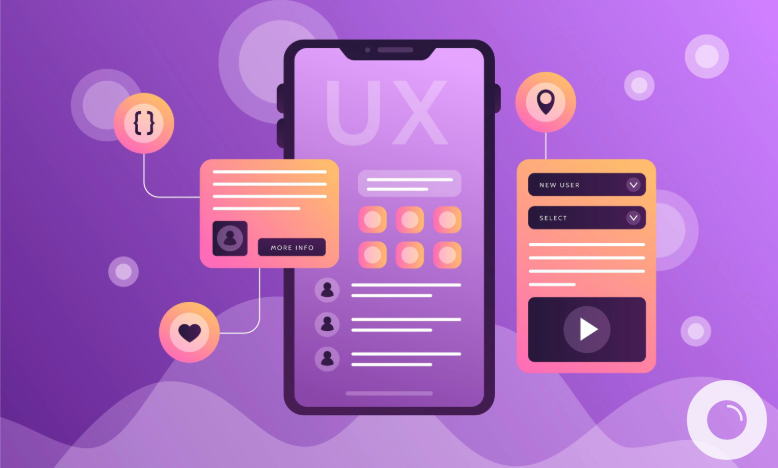How good design is revolutionizing our everyday lives

Reading time:
minutes
When we talk about user experience (UX), most people immediately think of websites or mobile apps. However, UX has long since become a ubiquitous concept that influences every aspect of our daily lives, from our morning coffee machine to our evening smart home control. A closer look at various areas of life shows how profoundly UX shapes our daily lives and what role it will play in the future.
The evolution of user experience in the home
The modern kitchen is a prime example of successful UX integration. Take the Samsung smart refrigerator, for example: it automatically detects missing food, creates shopping lists and suggests recipes. It can be operated intuitively via a touch display or voice control. Complex planning is a thing of the past; today, many things run automatically. Traditional household appliances have also been revolutionized by UX design. Washing machines with automatic dosing and self-explanatory symbols eliminate the need to spend a lot of time studying the operating instructions.
UX in public spaces
The transformation through UX design is particularly noticeable in public spaces. For example, modern ticket machines from Deutsche Bahn guide travelers step by step to the desired ticket. This is a significant improvement over the cryptic systems of the past. In shopping centers, well-thought-out guidance systems ensure intuitive navigation, while smart city concepts make urban life easier with intelligent parking guidance systems and interactive information boards. These examples show how good UX design reduces complexity and makes services more accessible.
Medicine and healthcare
In the healthcare sector, UX plays an increasingly important role in patient safety and satisfaction. Modern patient monitors in hospitals are designed so that medical staff can immediately grasp critical information. The electronic patient file has been developed from a complex mass of data into a user-friendly tool through UX optimization.
The mobility sector is another impressive example of how UX design can transform entire industries. Car-sharing services like ShareNow have transformed the process of renting a car from a time-consuming process into a matter of a few smartphone clicks. Integrating different means of transportation into one app, as done by MVG in Munich, makes using public transportation more attractive.
UX as the key to the future
The importance of user experience extends far beyond the digital world. It is the key to designing a future worth living in, in which technology and everyday life merge seamlessly. Companies that understand UX as a holistic concept and implement it in all areas of their products and services will be more successful in the long term. Above all, future-proof solutions must make people's lives easier.

